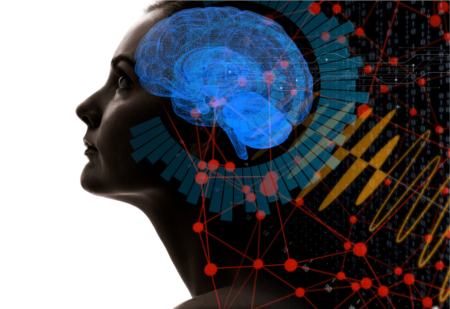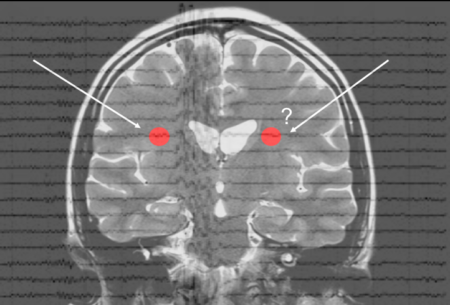EEG has fallen short in its utility in the diagnosis and monitoring of various neurological disorders from ALS and MS to even Epilepsy. Why is…
Lab Talk
Can you measure EEG in the Cerebellum?
The cerebellum has four times as many cells as the neocortex and possible roles in everything from movement to cognition and emotion but is much…
Brain Computer Interface(BCI) with the P300
The P300 Event Related Potential or ERP is an EEG feature commonly used in BCI applications. It has some advantages but also some significant practical…
A Primer on Brain Machine Interface
What is involved in a Brain Machine Interface (BMI; also called Brain Computer Interface or BCI) set-up? Here is a primer on paradigms for BMI…
The Slope of the Power Spectrum: An important metric in EEG
The slope that represents the decay of the EEG power spectrum carries important information about the signal that can eliminate many of the inconsistencies of…
From Brain to Behavior: The Search for Biomarkers
Identifying biomarkers of neurological and psychiatric clinical conditions from brain physiology has many challenges. What is a Biomarker? The general idea of a biomarker is…
The LCMV Beamformer
LCMV Beamformers are a type of beamformer algorithm used source estimation from EEG data. In the previous blog post we saw how beamformers can be…
The BIDS Data Structure for EEG
The Brain Imaging Data Structure (BIDS) project is an effort to create data standards for accessibility, usability and reproducibility of neuroimaging data. Initially developed for…
The Fundamental Challenge of Seizure Detection in the EEG
Despite tens of thousands of publication, accurate seizure detection in the EEG remains an unsolved challenge. Here are some of the reasons why this may…
Solving the EEG/MEG Inverse Problem with Beamformers
Beamformers, a technique adapted from radar applications, are a type of spatial filtering approach to solving the inverse problem in EEG and MEG. Here are…










